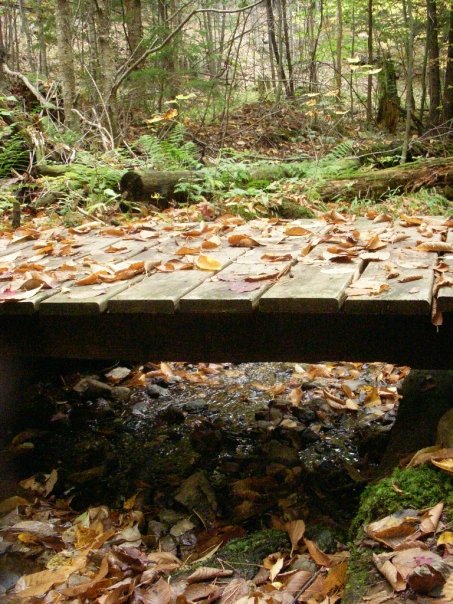A journey of a thousand miles can be altered by a single step. Most often, we don’t choose the steps that alter our trajectory – a chance meeting, a phrase absently spoken by a stranger, a quote remembered, something interesting that your partner stops to watch on TV. Sometimes you end up in a place where so many steps have converged that you can’t even remember where it started, or which one was the defining step. My wonderful teacher Billie Topa Tate says in her Loving Kindness Meditation: “All that I have done. All that has been done to me… has brought me to this sacred space in time.” And so it is!
Just before Christmas my husband got to a TV program he thought I’d enjoy. It was a comedienne who had become an atheist talking about the journey that had led her there. This I would enjoy? It turns out she was funny and I could relate to a lot of her issues with the Bible, the established Church, and even the New Age movement. What was most disturbing to me, though, was that in her conclusion she mentioned how free she felt after giving up the notion of “God.” I was so envious of her. I could feeling a small sense of her relief, and it was at the same time intriguing and frightening. You mean I’d have to give up God to be “free!?”
The yoga sutras talk about kaivalya – which is translated as liberation or freedom. I used to think that the key to my liberation (enlightenment if you will) was hidden in all that ancient knowledge. Somehow, if I knew more, studied more, practiced more, I would find the cure to this longing that, it seems, had always been here. Years ago I got angry at my husband because he said that all those books weren’t going to tell me what I needed to know. He said all the answers I needed were inside me. This week, and I guess through a series of steps over a lifetime, it has become clear to me that knowing more, learning more, or doing more will not get the answers I’ve been seeking.
As much as I hate to admit it (and I hope he never reads this entry!) my husband’s assessment was pretty accurate. It’s not that the knowledge in all these books I’ve read has not been helpful – a lot of it has been very helpful to me and to my clients and students. What I found, though, is that the more I read and the more classes I took, the more I realized I didn’t know and the more inadequate I felt. If gaining knowledge was the source of my salvation, then salvation was a long way away. Maybe I was broken beyond repair. Maybe there wasn’t enough time in this lifetime to get all the information I really needed. There was definitely no way I could read all those books on the shelf and the entire Sounds True and Hay House catalogs and all the books of esoteric knowledge yet to be purchased on Amazon.com. I realized that this collecting of knowledge had become a different kind of consumerism and that the void wasn’t being filled, it was only getting bigger. Maybe it was time to stop. That was the beginning of peace.
Everything can change in a minute. And then you realize that its been changing all along without you realizing – and that nothing changed at all. Thanks to a series of fascinating events I finally allowed myself this week to risk accepting the notion that I was never broken in the first place. I met my Self seemingly for the first time, and found she was delightful. There was nothing to look for, no more seeking necessary. This very place, this very me, is wonderful. How did I not realize this before when other people kept telling me? Because despite teaching about living in the present, I had been living in the future, constantly longing for a time when I would be fixed, perfect, realized. As long as I thought of myself as needing to be more, I always perceived myself as not enough. It was a subtle realization, prompted by the wise & loving words of others spoken at just the right time so that I could actually hear, and the refrain of my “higher self” repeating over and over Zora Neale Hurston’s famous quote “I love myself when I am laughing, and then again when I am feeling mean and impressive.” It’s a small shift and a big shift, and it has changed my world – but the me that was me is still the same me. It’s just now that’s okay.

